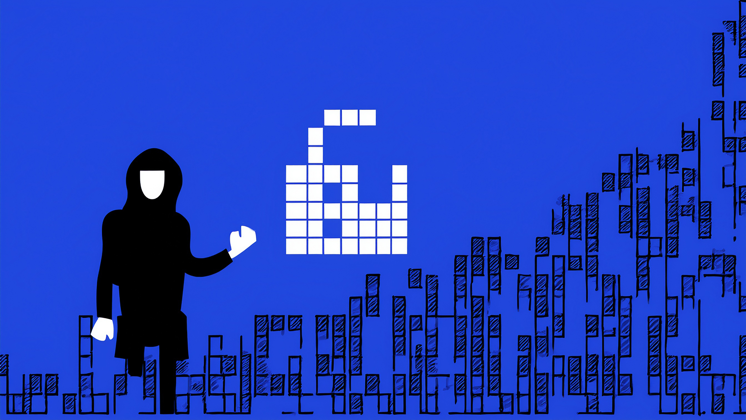Every year we see an increase in cyber attacks globally and 2023 was no exception. This year we saw an increase in data breaches, phishing attacks, business email compromise attacks and more. The theme in the news and beyond was around organisations of all sizes starting to tighten their belts when it comes to cyber security, as tactics are becoming more refined and evolving faster than ever before.
In 2024, we can expect to see more of a focus on improving security when it comes to cloud services and digital infrastructure. Last year, with an increase in cloud computing came a steady increase in cyber attacks in this space. Within the cloud and IoT space, organisations will be fighting against possible data breaches, disruptions or even data loss this year.
Another trend we predict will become a theme in 2024 is the introduction of passwordless authentication. At the end of last year, Google launched Passkey as secure way for users to access their accounts without having to remember their passwords. Instead, this feature allows the user to login with a fingerprint, face scan or pin. The technology relies on cryptography, making it more secure and phishing resistance than previous measures.
At the end of 2023, we saw a stir of conversations related to generative AI usage, especially as it pertains to cyber criminals using it for financial gain at the expense of political figures and celebrities. We can expect to see governments investing time and resources into trying to monitor and regulate generative AI usage. Which ties into our final prediction, captured in a recent article by Chuck Brooks from Forbes. The article highlights an expected increase in cyber security regulations specifically focused on mitigating space attacks.
His article states “the security risk management of satellites and space will emerge as a top priority among both the public and private sectors.” There’s been a clear gap identified in the level of protection surrounding satellites and spaced-based communication and sensing. We can expect this to be a key conversation topic in the media this year.
And with that, we leave you with the latest, greatest (and most alarming) cybersecurity statistics to know in 2024:







